Aiia Maasarwe’s killing too close to home
It’s a story tragically familiar to Melbourne that has again caused outrage. Aiia Maasarwe was returning after a night out before she was killed at random, sadly too similar to the murders of Jill Meagher, Masa Vukotic and Eurydice Dixon, writes Andrew Rule.
VIC News
Don't miss out on the headlines from VIC News. Followed categories will be added to My News.
When Aiia Maasarwe came to Australia to study at La Trobe University last year, her family was entitled to think she would be safer than at home in the Middle East. She had, after all, grown up in Israel, where rockets and bombs and the threat of terrorism hangs over even peaceful people in a troubled place.
Before coming to Australia, the Arab-Israeli citizen had studied in China, where policing is stringent and violent crime is rare.
In Melbourne, she was just another visiting student, one of tens of thousands in what is, by world standards, an extremely tolerant society.
MORE: MAN ARRESTED OVER AIIA MURDER
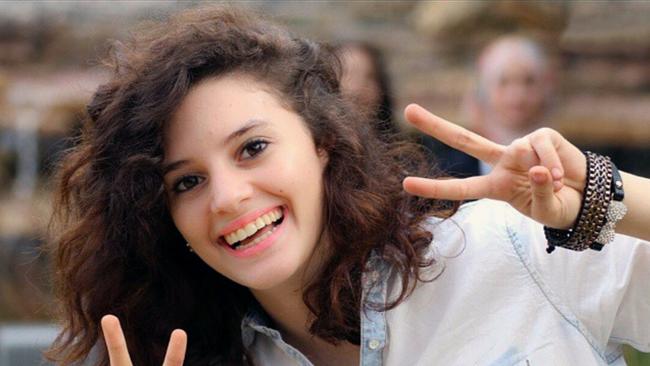
Aiia dressed in Western clothes and did the things young Westerners travelling the world often do. She was seeing the sights Victoria has to offer, recently even daring to do a tandem parachute jump — a traveller’s rite of passage. On a trip to the Grampians, she was photographed perched on a rock ledge jutting into space, proof she was willing to test her nerve.
Her parents might have worried about the parachute jump and the rock-climbing. Most parents would.
But they could hardly have imagined that their girl’s life ultimately depended on a casual decision to do something apparently far more harmless: going out with friends to a comedy club in North Melbourne.
But late on Tuesday night or early the next morning, lightning struck: this normal young woman going about her normal life became the latest of a handful of victims of random killings of a type that stir deep-seated fears in us all.
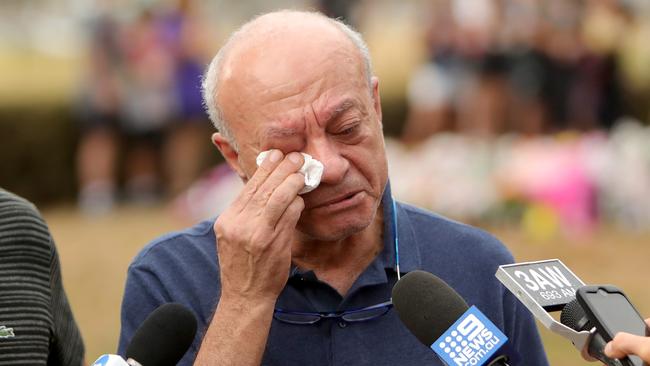
Her death reminds us of the murders of Jill Meagher, Masa Vukotic and Eurydice Dixon: names that are now code for the deadly stranger-danger that is posed to Melbourne’s young women by unhinged assailants.
The reaction to the fatal attack on Aiia at Bundoora some time around midnight on Tuesday has yet to reach the levels reached following the Meagher, Vukotic and Dixon murders. These spawned vigils, demonstrations, and outpourings of outrage.

Aiia did not work at the ABC like Jill Meagher, or appear on the stand-up comedy circuit like Eurydice Dixon, and she wasn’t a popular local schoolgirl like Masa Vukotic, with dozens of local classmates and friends and extended family to mourn her publicly. She is, or was, an outsider.
But none of that makes Aiia’s family’s anguish any less. Late this week, her father arrived to face the task every parent dreads: identifying their child’s body in a morgue.
Police these days try to treat all homicide victims as of equal importance, and so they should. But the public and some in the media still have blind spots.
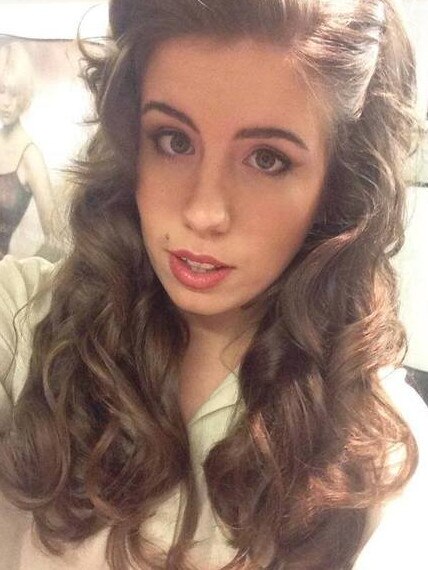

For instance, the suspicious death of Samantha Kelly at Ocean Grove has hardly raised a ripple compared with the tidal wave of reaction to the murders of Jill and Eurydice. Perhaps she lived too far from the inner city.
Other victims also remain relatively anonymous, such as young Geelong mother Emily Miller, who was shot dead two months ago.
So far, homicide investigators have not detailed how Aiia died, out of respect for her family’s feelings. No gun or knife was used, but there was what police and coroners call “blunt instrument” trauma. And although police were careful about describing the motive and extent of the attack, it was clear they were hunting a violent sex offender.
It is a given that about 85 per cent of homicides are committed by someone close to the victim, often a partner or ex-partner.
The preponderance of so-called “domestic” violence in murder statistics amplifies the public shock of the relatively rare random killing by an unknown attacker.
A psychologist with first-hand knowledge of murder and its cause and effects says this is “because when that happens to you, it literally is just bad luck”.
“You just happen to be in the wrong place at the right time to be noticed by someone who that minute has decided to do something evil.”
Random murders, especially those committed at night, trigger a fear as primitive as the horror most people have of spiders, snakes or sharks, the psychologist says.
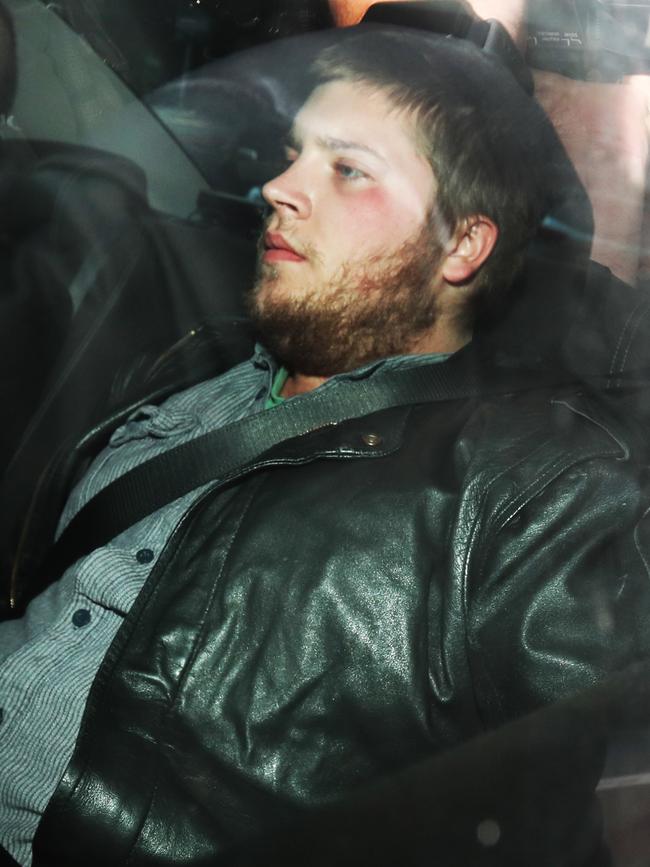

It is a fear left over from childhood, when we are still governed by ancient instincts to be afraid of the dark — or of the dangers that might lurk in the dark.
As we get older, and logic and experience take over, we largely conquer these primal fears. So when bad things happen, as they did to these young women, it shocks us all the more to realise that despite the veneer of civilisation, we are not as safe as we thought we were.
The police response to Aiia Maasarwe’s death has been swift and comprehensive.
Within a day, investigators were able to pull together a picture of her movements in the hours before she was killed. Right up until the moment she was attacked in the dark, Aiia’s evening was nothing out of the ordinary.
After leaving the Comic’s Lounge in North Melbourne about 10.50pm, she got a ride with friends into the city, where she caught the 86 tram from Bourke St towards the end of the line at Bundoora.
Some time late in the trip to Bundoora, or perhaps after she got off a tram, Aiia spoke by telephone with one of her sisters in Israel. It seemed a normal call — not one initiated by Aiia because she was nervous or thought she was being followed.
But the conversation ended suddenly and in a sinister way when her sister heard another voice and then what sounded like someone falling and the phone being dropped on a hard surface.
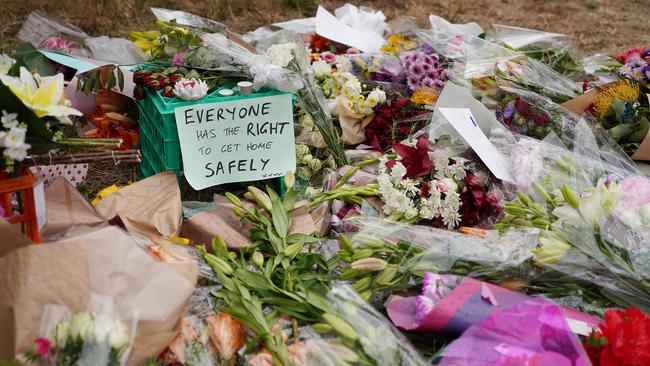
It was hard for someone thousands of kilometres away and in a strange time zone to know what had happened — or what to do. By the time Aiia’s sister raised the alarm, calling another relative in China, early-morning workers had found Aiia’s body just outside the Polaris shopping centre, a short walk from the nearest tram stop.
Her clothes were in disarray, indicating a sexually motivated attack. Police searches soon turned up two distinctive items of clothing that homicide chief Andrew Stamper was confident would identify a suspect.
One is a two-tone black and grey Cotton On T-shirt; the other, and more distinctive, is a cheap black baseball cap with the figure “1986” printed on the front.
The significance of “1986” was not definitely known.
It could be to commemorate a particular sporting victory in 1986, possibly of an American sporting team such as the New York Mets. The most likely explanation, police suggest, is that it is a generic brand logo.
Regardless of the cap’s origins, police were confident it would help identify a suspect, either because someone would recognise it or because forensic experts would be able to match DNA on the cap and T-shirt with a sample from their database.


The police have presumed the killing was “a random and opportunistic attack”, much like the impulsive murderous attacks on Jill Meagher, Masa Vukotic and Eurydice Dixon.
But in two of those cases, the killer had “form” for violent attacks.
Security camera footage showed that known rapist Adrian Bayley walked past Jill Meagher, then turned back to accost her on the footpath in Sydney Rd, Brunswick.
It was a random meeting. Had he passed a few minutes earlier, Bayley would not have seen her emerge from a local bar to walk the relatively short distance home to her apartment.
Bayley, of course, was a serial sex offender, and a violent one, who was mistakenly allowed to remain at large despite breaching his bail by assaulting a man.
Police caught Bayley within six days in a brilliant example of modern detective work, using security cameras and tracing and triangulating mobile telephones and the movements of particular vehicles on certain roads. In other words, all the tools our watchdogs need to protect us from terrorists.
Bayley’s arrest was a triumph — but the exposure of a record of judicial bungling proved an embarrassment.
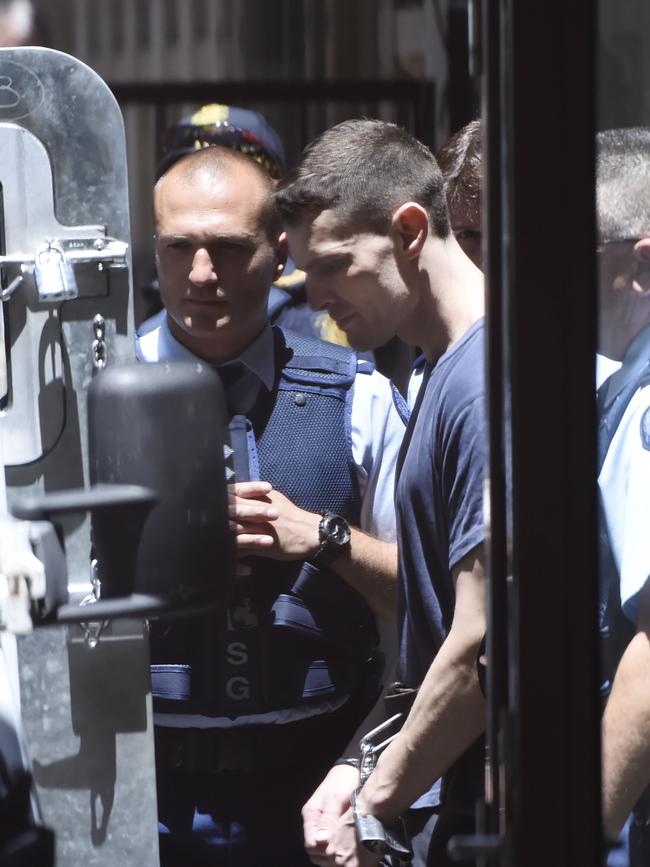
It was little better for the authorities in the case of Sean Christian Price, the depraved young man who in early 2015 killed teenager Masa Vukotic as she went for an after-school run near her parents’ Doncaster home. Price was relatively easily found: he was filmed on a bus in the area where Masa was murdered.
As with Bayley, the question with Price was whether he was born bad, or made that way. Nature or nurture … or a malign combination of both?
In one of Price’s early court appearances, his lawyers raised two aspects of the history of the disturbed and dangerous man in the dock.
The first was that he claimed descent from the “Mutiny on the Bounty” ringleader Fletcher Christian.
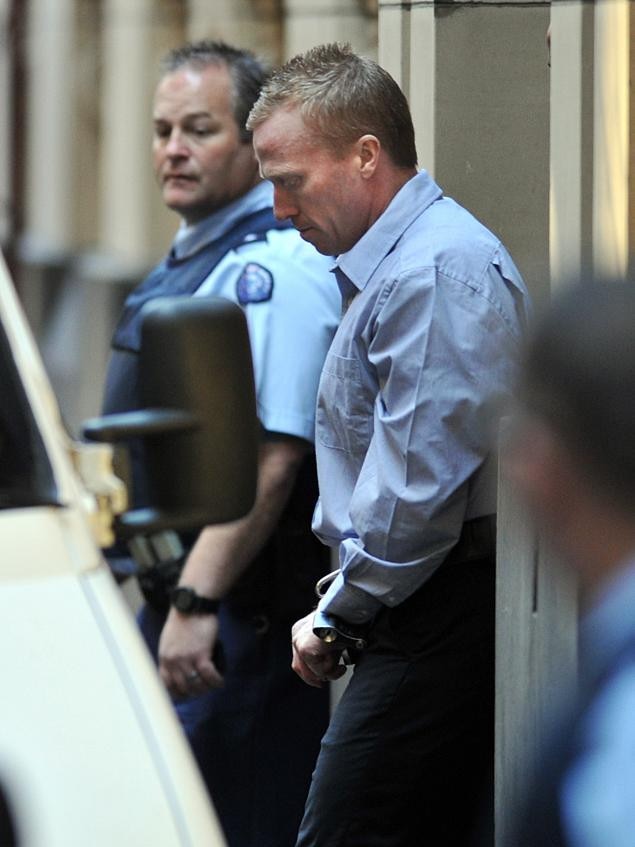
The second was that he had been abused as a child. It was a fair assumption, given the history of the Pitcairn Islanders, that Price came from a long line of people who had horrific childhoods, a “tradition” stretching all the way back to the mutineers who abducted a group of Tahitians and took them to Pitcairn Island.
The combination of criminal and cannibal wasn’t improved by the inevitable inbreeding, if not downright incest, that occurred over the ensuing two centuries.
None of which excuses the evil acts Price committed.
But it might explain the forces that shaped him.
What it doesn’t explain is why the Parole Board would release someone so dangerous, against a judge’s orders.
The reasons for such a decision can only be guessed at. But one constant problem is that there are not enough jail beds to lock up every villain. For every prisoner that goes inside, one has to come out — it’s a little like tossing a coin.
In the case of Price, someone taking a punt that he would not reoffend cost Masa Vukotic her life.
Which is why police, prosecutors and the Parole Board, and perhaps even a judge, will take an extremely close interest in whoever is found to have killed Aiia Maasarwe.
If that person turns out to be a known risk, like Adrian Bayley or Sean Price, it will not be so easy to explain why, and how, he slipped through the cracks in the system.



